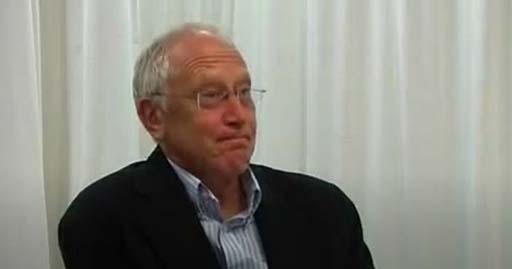Race and Youth Policy: working with young people
Introduction
Policy is constantly changing, not simply through the actions of governments but also through changes in the wider society. This course presents youth policy as both shaping and reflecting our sense of priorities, values and expectations about the future lives of young people.
This course will discuss the ways in which Black and Muslim Asian young people have been problematised via social policy since the early 2000s.
Policy formulation can be viewed as a governmental driven response and/or solution to a perceived social problem. Since 1945, UK policy-makers have devised cost-effective strategies for ensuring that the majority of young people make a trouble-free transition into adulthood. However, not all children are born equally and many also face discrimination, or multiple forms of discrimination, due to their class, gender and/or race which can impact on their future educational and employment life-course opportunities.
Between 2010/11 and 2018/19 there has been almost a billion pounds of funding cuts to youth services, some areas in England and Wales now have no funding (YMCA, 2020). Youth transitions are longer, less stable – due to loss of traditional labour market and reforms in further and higher education – and less predictable than they were in the past, particularly for young people who are less successful in school.
Click here for a discussion about why we need a cross sector recovery strategy to secure young people’s futures. [Tip: hold Ctrl and click a link to open it in a new tab. (Hide tip)] (Remember to right-click and open the link in a new tab or window so you can return to the course when you are ready.)
These cuts disproportionally impact on disadvantaged Black and Asian young people, i.e. those who may potentially need support the most. The government funding that is available for youth provision in poor urban neighbourhoods is primarily for tackling gang violence and preventing terrorism. The gang agenda and prevent perspectives locate Black and Muslim Asian young people as the problem, but fails to address key societal issues such as poverty, discrimination, and a lack of meaningful educational and employment opportunities (Gunter, 2017).
Hine (2009, p. 37) argues that social policy towards young people reinforces this ‘distorted and often negative view of young people’s lives’. She says that it is time for a different approach, one which is based on understanding the lived experiences of young people, and acknowledging the structural and social changes they are contending with. She urges everyone working with young people – policymakers, researchers and practitioners – to see young people ‘in the round’, rather than as a collection of deficits; to seek ways of building on their strengths to help them navigate an increasingly complex world.
The racialisation of social policy around knife crime, gang violence, and terrorism demonstrates how policy isn’t neutral; rather it can feed into longstanding issues of racial inequality and injustice. Policy should alleviate social suffering, instead it is making it worse, this can be demonstrated by the disproportionality of Black people who are stopped and searched compared to their white counterparts. According to the Youth Justice Board (2019) Black children aged 10-17 are four times more likely than white children to be arrested, they note that ‘what is overwhelmingly clear is that the disproportionate number of Black and Asian children arrested, prosecuted and put into custody is a problem which is getting worse’.
- Learn more about the overrepresentation of Black young people and the criminal justice system.
- Find out what Kenechi, 13, and Loren, 18 think about race.
As an introduction to policy, watch Video 1 of Pete Alcock, a Professor of Social Policy at the University of Birmingham, answering the question ‘What is social policy?’
Activity 1: What is social policy?
As you watch the video, make some notes below. Your comments in the boxes are only accessible to you and noone else is able to view this information.

Transcript: Video 1: Pete Alcock - What is Social Policy?
Discussion
Pete Alcock describes the scope of social policy in very general terms as the ways in which society promotes welfare and wellbeing in the population. Studying social policy usually means looking at particular aspects, for example health or education. Note how he does not take either of these as ‘givens’: health and education can be understood very differently by different people or by different governments. As Alcock puts this, much depends on ‘how we define it, how we promote it.’
He draws attention to the fact that social policy is not simply defined or implemented by governments, but also depends on a range of voluntary and community organisations and the informal relationships between people. This idea that policy is not simply a top-down process in which governments design and deliver policy solutions to social problems will be revisited throughout this course.
This OpenLearn course is a sample of formal OU study and is an adapted extract from the qualification BA (Honours) Childhood and Youth Studies and the following OU courses:

